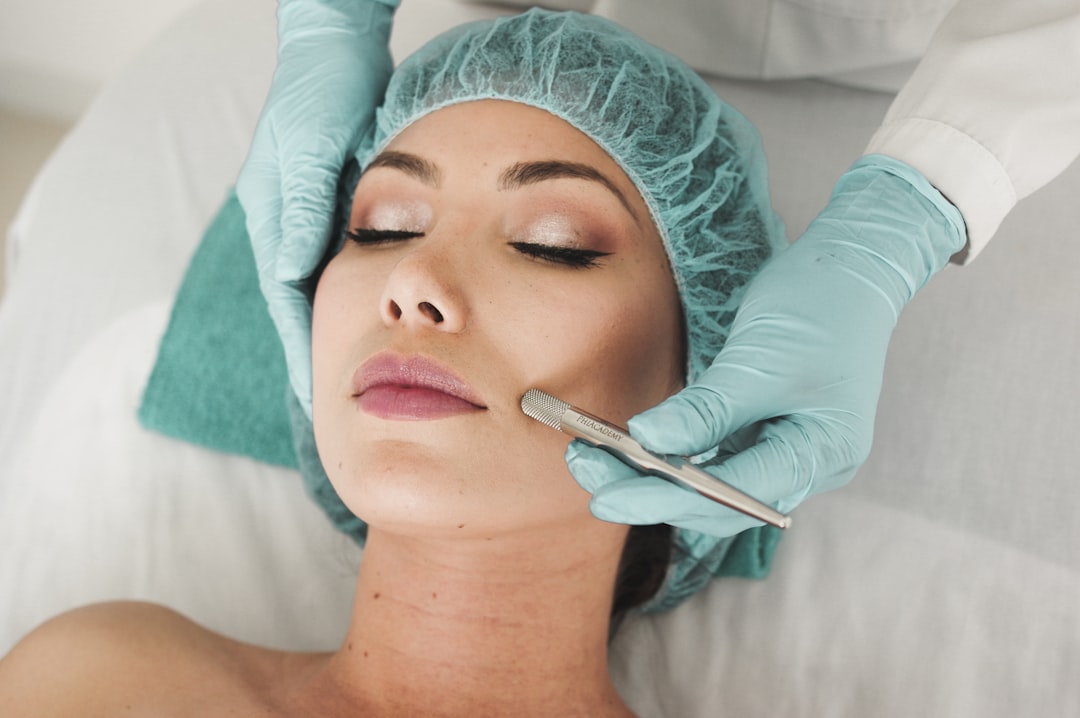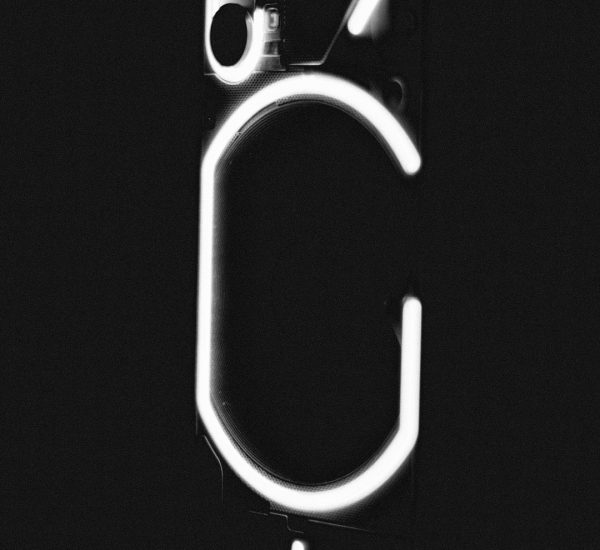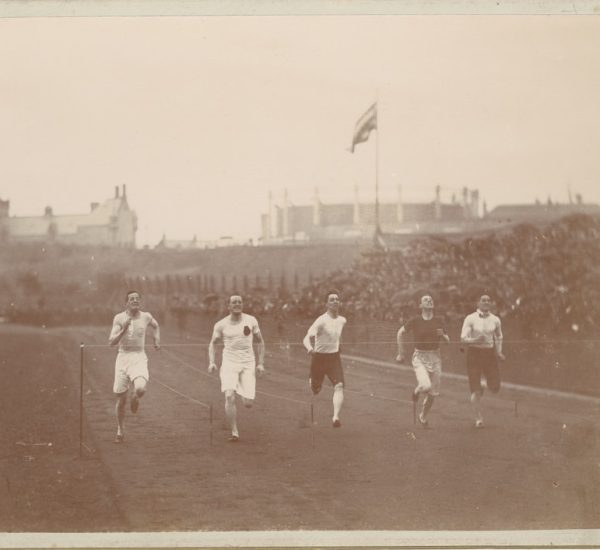If you’ve spent any time researching non-invasive anti-aging solutions lately, you’ve likely come across the name Newa. This compact beauty device has made waves in the skincare industry, promising younger-looking skin through professional-grade radiofrequency (RF) technology — all from the comfort of your home. But with growing buzz and countless influencers singing its praises, the question remains: Is the buzz around Newa really justified, or is it just clever marketing?
What is Newa and How Does It Work?
The Newa device is a radiofrequency skin-tightening gadget developed with clinical-grade technology previously used by dermatologists and licensed professionals. Using 3DEEP RF technology (a proprietary multi-source RF), Newa stimulates natural collagen production by heating deeper layers of the skin. This process helps reduce the appearance of fine lines and wrinkles and improves overall skin texture and tone.
When used consistently—typically 3 to 5 times per week during the first month—Newa claims to visibly firm skin, boost collagen, and restore a youthful glow. Maintenance treatments of one to two times per week are then recommended.

User Experience: What Do Real Customers Say?
Reading through reviews, the user response is undeniably mixed but leans favorably toward the positive side. Many users report feeling a difference in their skin texture within a few uses, describing it as more supple and “lifted.” Some even claim they received compliments on their skin soon after starting treatments with Newa.
“I’ve been using the Newa device for two months,” writes one verified user from the UK, “and my laugh lines are visibly reduced. I used to consider Botox, but Newa gave me confidence without a single needle.”
However, other reviewers emphasize the importance of consistency and patience. Results are not instant, and several users didn’t notice visible changes until about 3 or 4 weeks into their treatment routine. A handful also report minimal results, sparking debates about whether the product’s effectiveness may vary depending on skin type, age, and level of skin laxity.
Technology Behind the Hype: Is It Truly Professional Grade?
Newa’s core strength is its 3DEEP radiofrequency technology, developed by Endymed Medical—a company with a solid reputation in professional aesthetic treatments. Unlike other home RF devices that utilize mono-polar or bi-polar RF technology, 3DEEP offers more focused, controlled energy delivery, reducing the risk of skin damage while maximizing efficacy.
Scientific backing and clinical studies support Newa’s claims. Clinical results from Endymed show an improvement in 4 out of 5 women using Newa devices regularly. Patients demonstrated measurable collagen remodeling, firmness, and elasticity in their skin.
But while the technology is top-notch, achieving “in-office” results at home requires strict adherence to treatment guidelines. Skipping sessions or not applying the conductive gel correctly can hinder results, which might explain variances in user experiences.
Pros and Cons of the Newa Device
Before jumping onto the bandwagon, consider the following pros and cons:
- Pros:
- Clinically-backed 3DEEP radiofrequency technology
- Non-invasive, painless treatment
- Noticeable results in skin tightness and texture
- FDA-cleared and safe for at-home use
- Portable and user-friendly
- Cons:
- Requires consistent use (3-5 times/week initially)
- Some users report slow or minimal results
- Price point may be high for budget-conscious consumers
- Necessitates purchase of specialized conductive gel

How Does Newa Compare to Competing Devices?
Newa isn’t the only RF device on the market. Brands like NuFACE (microcurrent technology) and Tripollar Stop (also RF-based) offer similar promises. However, Newa distinguishes itself through its exclusive 3DEEP technology and deeper penetration levels. While NuFACE works on facial muscles rather than dermal layers, Newa targets collagen production directly, which might make it more suitable for wrinkle reduction and skin tightening in the long run.
That said, competitor devices may have more holistic feature sets or larger user bases. Ultimately, the decision may come down to personal results, ease of use, and budget.
Is the Buzz Justified?
So, back to the original question: Is the buzz around Newa actually justified? In short: yes, for the right user. Those with early signs of aging, mild to moderate skin laxity, and the discipline to use the device as recommended may find Newa to be a valuable addition to their skincare regimen.
It may not replace dermatological procedures entirely, but it offers a compelling, at-home option for those seeking gradual, natural-looking improvements without needles or downtime.
FAQ
- Q: How soon can I expect results with Newa?
A: Most users report noticeable results after 3 to 4 weeks of consistent use. However, individual experiences may vary. - Q: Is Newa safe to use on all skin types?
A: Yes, Newa is clinically tested and FDA-cleared for safe use on all skin types. However, those with specific skin conditions or implants should consult a physician before use. - Q: Can Newa replace Botox or fillers?
A: While it can reduce fine lines and improve skin firmness, Newa may not achieve the dramatic results of injectable treatments. It’s more suitable as a preventative and maintenance solution. - Q: Do I need to use a specific gel with Newa?
A: Yes, the Newa device requires a conductive gel to enable proper RF energy transfer. It’s recommended to use the gel supplied by or approved by the manufacturer. - Q: Is Newa worth the money?
A: If you’re committed to a regular skincare routine and want non-invasive options for aging skin, Newa offers good value for long-term benefits. However, it might not be ideal for those seeking immediate or dramatic changes.
In conclusion, the Newa device does live up to much of its hype—but as with any beauty investment, results hinge on commitment, expectations, and your unique skin journey.



